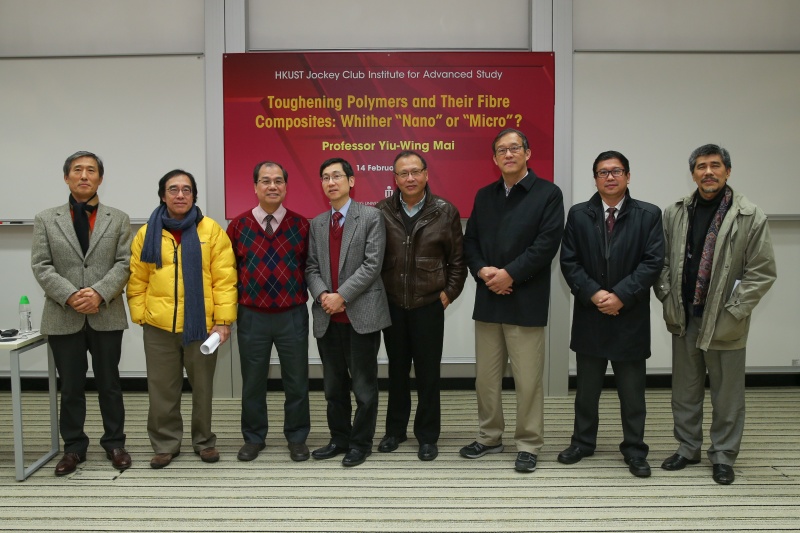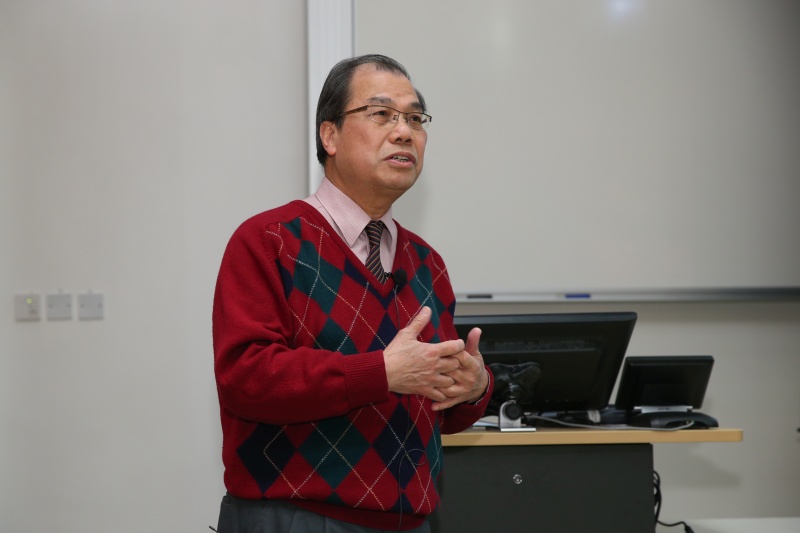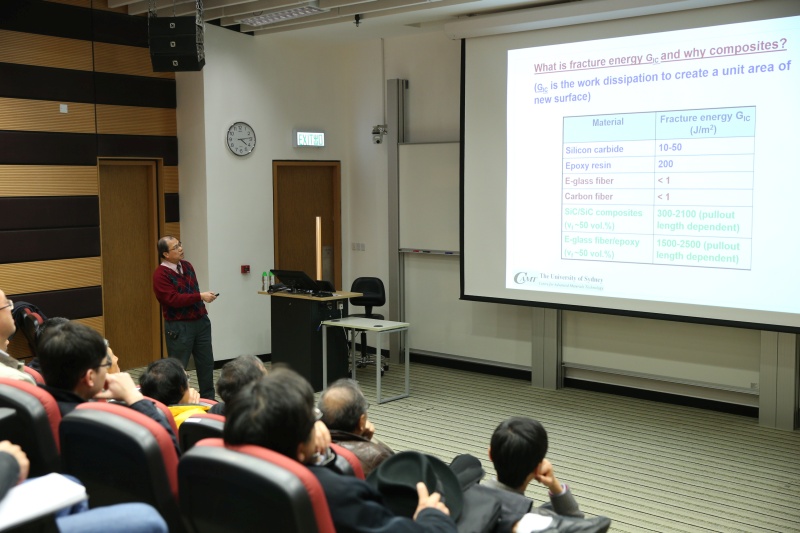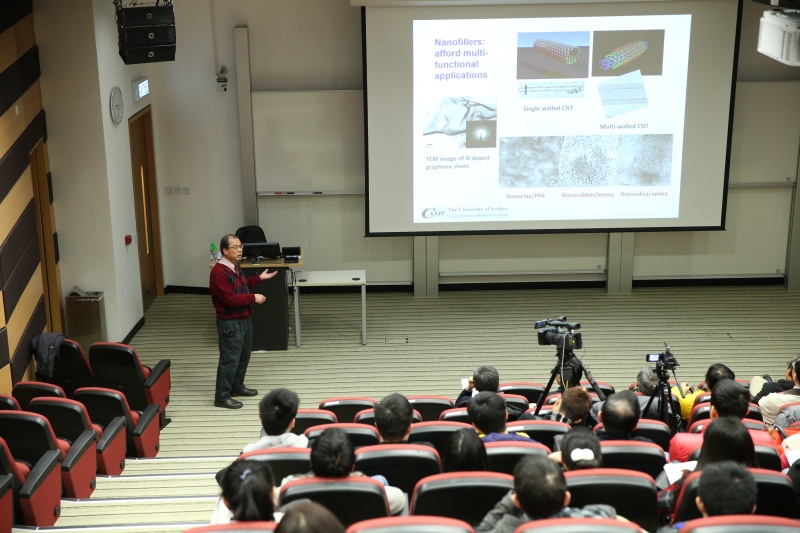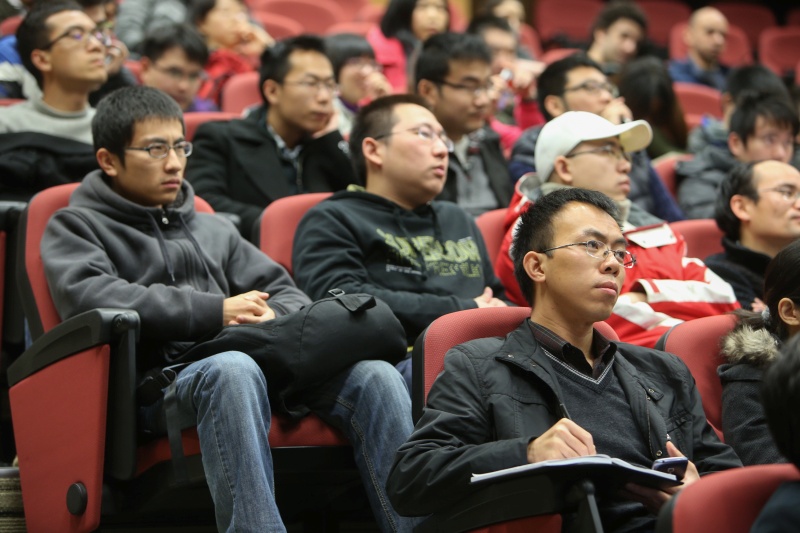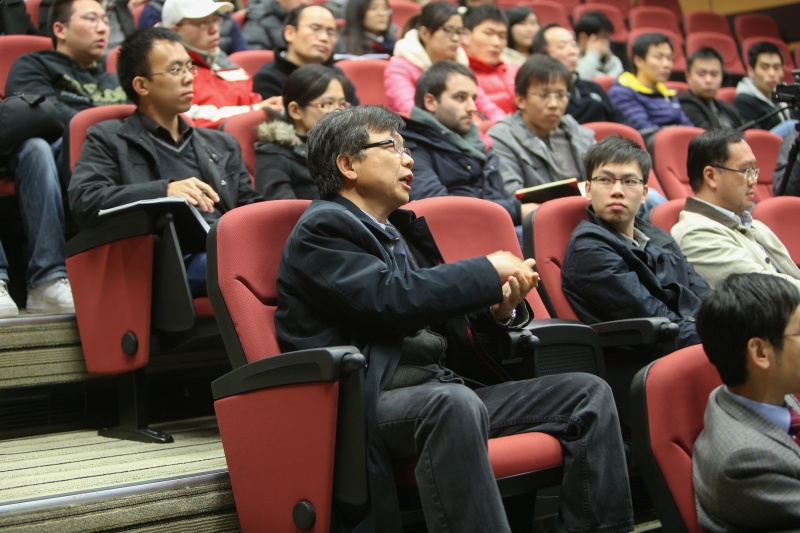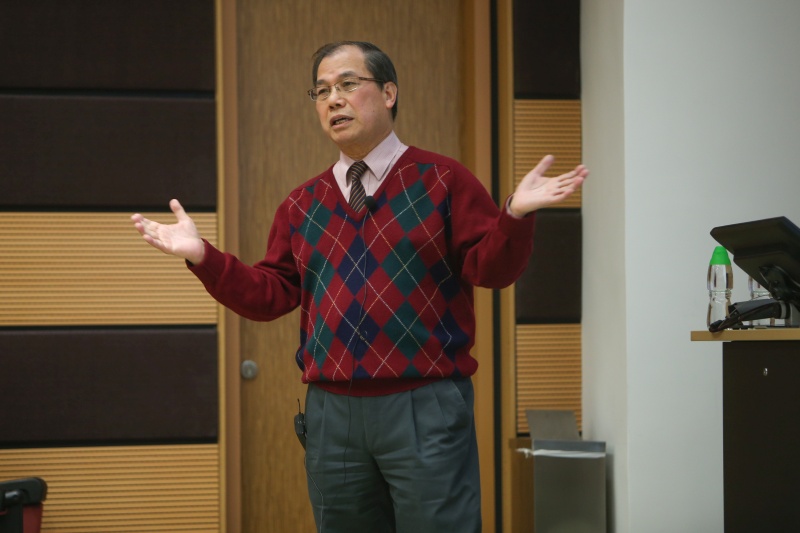Toughening Polymers and Their Fibre Composites: Whither “Nano” or “Micro”?
Abstract
The availability of a range of nano-sized modifiers and particles and their increasing ease of being incorporated into polymer matrices has seen an evolution of conventional composite materials to a new class of polymer nanocomposites in recent years. However, in many engineering applications, especially in the aerospace and automotive industries, besides high stiffness and high strength, composites are required to have superior toughness to resist fracture from cracks and defects. Herein, the speaker and his research group examine the scientific and engineering issues of toughness due to the nanofillers in these polymer nanocomposites.
Delamination in composite aircraft structures affects airworthiness. Several methods to improve the interlaminar toughness are discussed. These include: (a) toughening of epoxy matrices by nanofillers of rubber and silica, (b) through-thickness stitching and pinning of composite laminate with micron-sized threads and pins, and (c) flame synthesized carbon nanotubes@carbon fibre in epoxy/carbon fibre composites. Results obtained on mode I and mode II delamination toughness show that the “nano” solution is not as efficient as the “micro” technique. In a separate study, we use a block ionomer of sulfonated SEBS which yields phase-separated inclusions with different length scales from nanometers to tens of microns for toughening epoxies. The toughness results also support “micro” is better than “nano”.
Automobile parts based on thermoplastics matrices, e.g., polyamide (PA), and nanofillers, e.g., clay, present a major de-toughening problem. TEM results obtained from interrupted tensile tests performed on PA6/clay and PA6/rubber have identified different deformation mechanisms, which lead to embrittlement and toughening of these two nanocomposites, respectively. These observations point to an effective way to toughen thermoplastics by incorporating two different types of nanoparticles into the matrix. The toughness results obtained for a ternary nanocomposite, PA6/rubber/clay, have vindicated this approach. An innovative way of toughening thermoplastics (with and without nanoparticles) by submicron voids is also presented.
About the speaker
Prof. Mai Yiu-Wing received his PhD in Mechanical Engineering from the University of Hong Kong in 1972 and obtained a DEng from the University of Sydney in 1999. He was postdoctoral research assistant at the University of Michigan and Imperial College from 1974 to 1976. He joined the University of Sydney in 1976, and is currently University Chair and Personal Chair in Mechanical Engineering.
Prof. Mai is a highly cited researcher in materials science and is recognized for his seminal work on fracture mechanics, characterization of advanced materials, and basic understanding of composite interfaces and crack-wake bridging which has revolutionized the microstructure design of tough fibre composites and ceramics. He has made significant, lasting impacts in these areas, and his research has contributed to the development of asbestos-free fibre cements, testing protocols for essential work of fracture of polymers, and improved composites manufacturing processes with global impact.
Prof. Mai received prestigious awards including the Centenary Medal from the Australian Government, the Takeo Yokobori Gold Medal and the AFG Achievement Award from the Australian Fracture Group. He is a Fellow of the Royal Society of London, the Royal Academy of Engineering, the Australian Academy of Science and the Australian Academy of Technological Sciences and Engineering. In 2010, he was appointed a Member of the Order of Australia for his contributions to engineering, particularly in the fields of advanced composites and fracture research.

